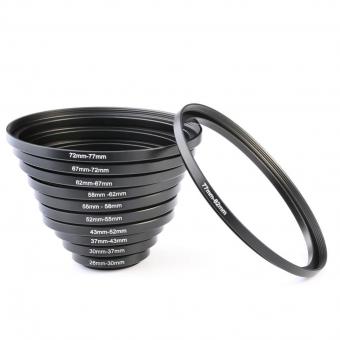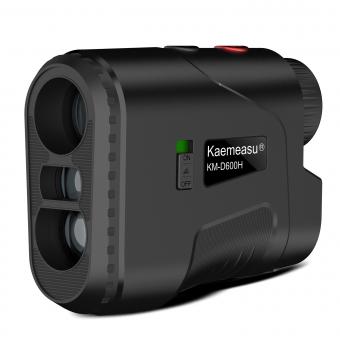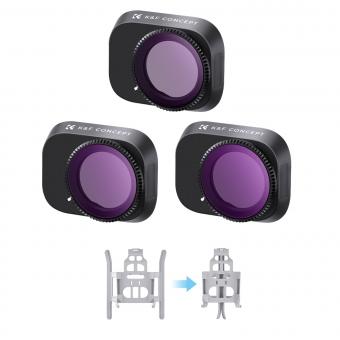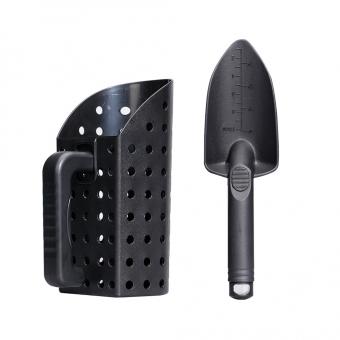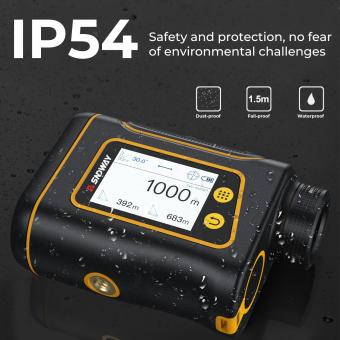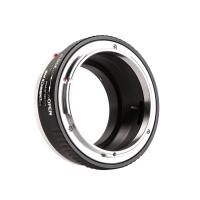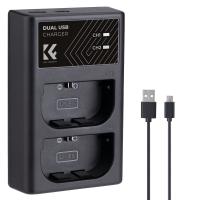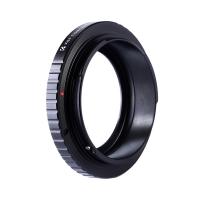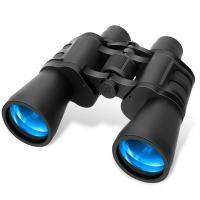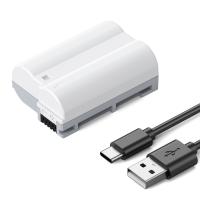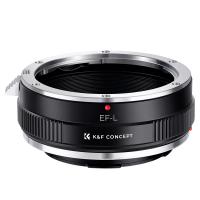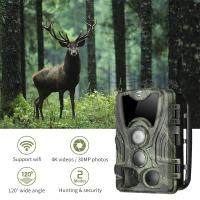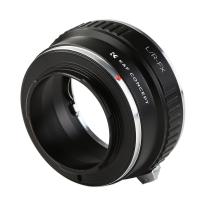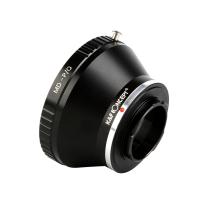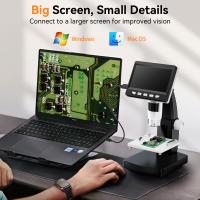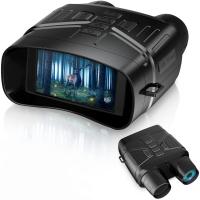How To Set Up A Watameter Rangefinder?
To set up a Watameter rangefinder, begin by ensuring that the device is powered on and the batteries are fully charged. Next, adjust the eyepiece and focus wheel to achieve a clear view through the rangefinder. Then, select the appropriate mode for your intended use, such as distance measurement or speed measurement. If the rangefinder has additional settings, such as units of measurement or target prioritization, adjust these as needed. Finally, aim the rangefinder at your target and press the measurement button to obtain the distance or speed reading.
1、 Equipment and Tools
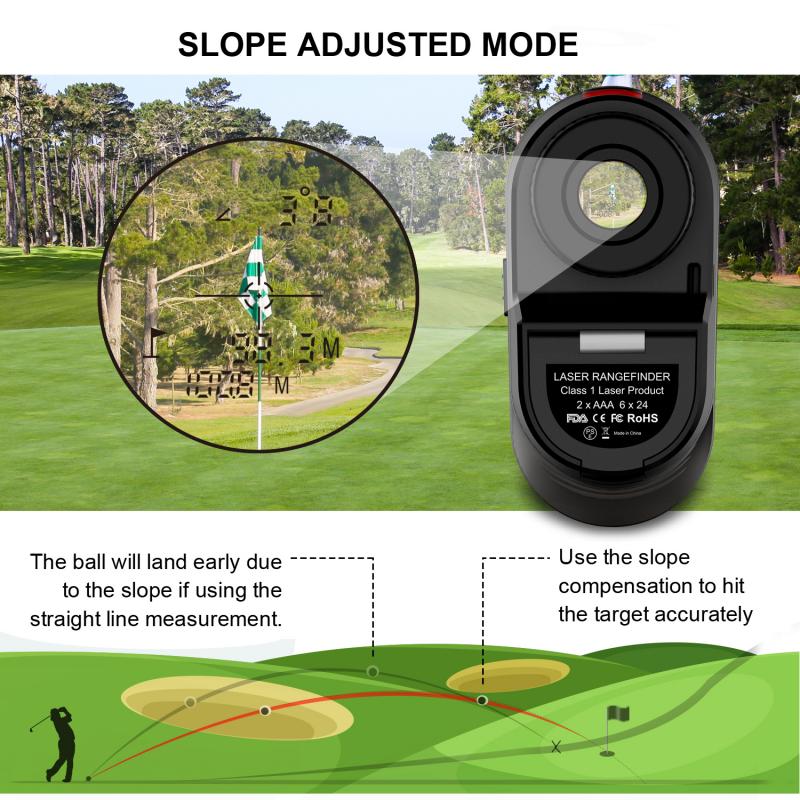
Setting up a watameter rangefinder requires a few key steps and the right equipment and tools. Here's a guide on how to set it up:
1. Choose the right location: Select a spot with a clear line of sight to the target area. This will ensure accurate measurements and minimize interference.
2. Mount the rangefinder: Use a stable and secure mounting system to attach the rangefinder to a tripod or other stable platform. This will help maintain the accuracy of the measurements.
3. Power up the rangefinder: Ensure that the rangefinder is powered up and functioning properly. Check the battery level and replace it if necessary to avoid any interruptions during measurements.
4. Calibrate the rangefinder: Follow the manufacturer's instructions to calibrate the rangefinder for accurate distance measurements. This may involve adjusting settings such as the target reflectivity and environmental conditions.
5. Test the rangefinder: Before using the rangefinder for critical measurements, perform a few test readings to verify its accuracy and reliability.
6. Use the rangefinder: Once set up and calibrated, the rangefinder is ready to use for measuring distances accurately and efficiently.
From the latest point of view, advancements in technology have led to the development of more sophisticated watameter rangefinders with improved accuracy, longer range, and enhanced features such as Bluetooth connectivity and smartphone integration. These advancements have made the setup and use of watameter rangefinders more user-friendly and efficient, allowing for precise measurements in various applications including surveying, construction, and outdoor activities. Additionally, the integration of advanced algorithms and sensors has further enhanced the reliability and performance of modern watameter rangefinders, making them indispensable tools for professionals and enthusiasts alike.
2、 Location and Positioning
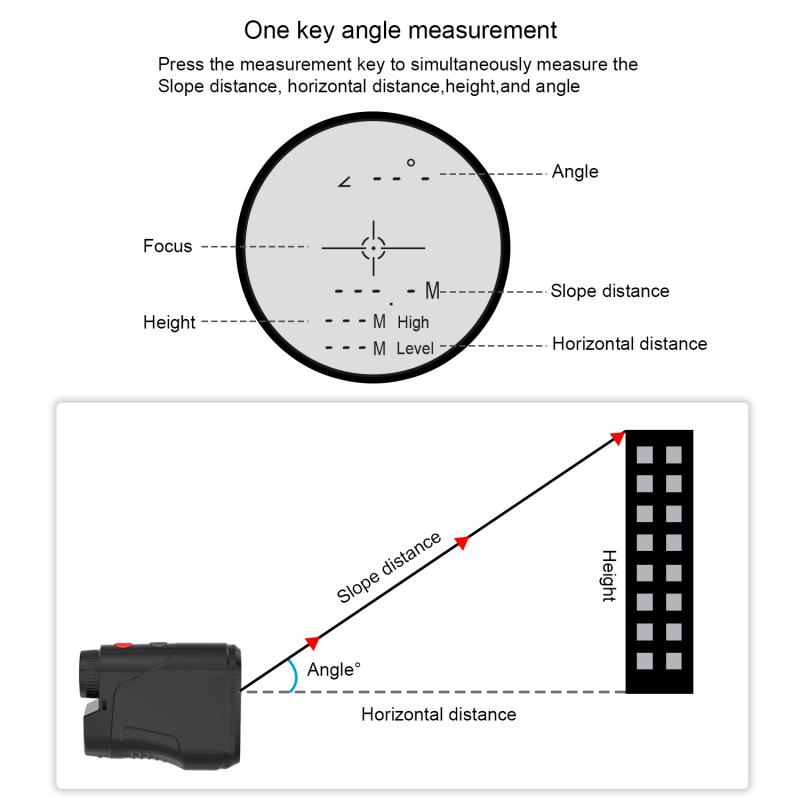
Setting up a Watameter rangefinder for location and positioning involves several steps to ensure accurate and reliable measurements. Here's a guide on how to set it up:
1. Mounting: Begin by securely mounting the Watameter rangefinder on a stable platform or tripod. Ensure that it is positioned at an appropriate height and angle for the specific application.
2. Power and Connectivity: Connect the rangefinder to a power source and ensure that it is properly powered on. If the rangefinder has wireless connectivity, ensure that it is paired with the appropriate devices or systems for data transmission.
3. Calibration: Perform the necessary calibration procedures as per the manufacturer's instructions. This may involve setting the range, angle, and other parameters to ensure accurate measurements.
4. Environmental Considerations: Take into account any environmental factors that may affect the rangefinder's performance, such as ambient light, temperature, and obstacles in the measurement area.
5. Testing: Conduct thorough testing to verify the accuracy and reliability of the rangefinder's measurements. This may involve comparing the rangefinder's readings with known distances or positions.
From a latest point of view, advancements in technology have led to the development of rangefinders with improved accuracy, faster measurement speeds, and enhanced connectivity options. Some rangefinders now incorporate advanced positioning systems such as GPS and inertial navigation to provide precise location information. Additionally, the integration of artificial intelligence and machine learning algorithms has enabled rangefinders to automatically adjust for environmental conditions and provide more reliable measurements in various scenarios.
Overall, setting up a Watameter rangefinder for location and positioning requires attention to detail and adherence to manufacturer guidelines to ensure optimal performance and accurate measurements.
3、 Power and Calibration
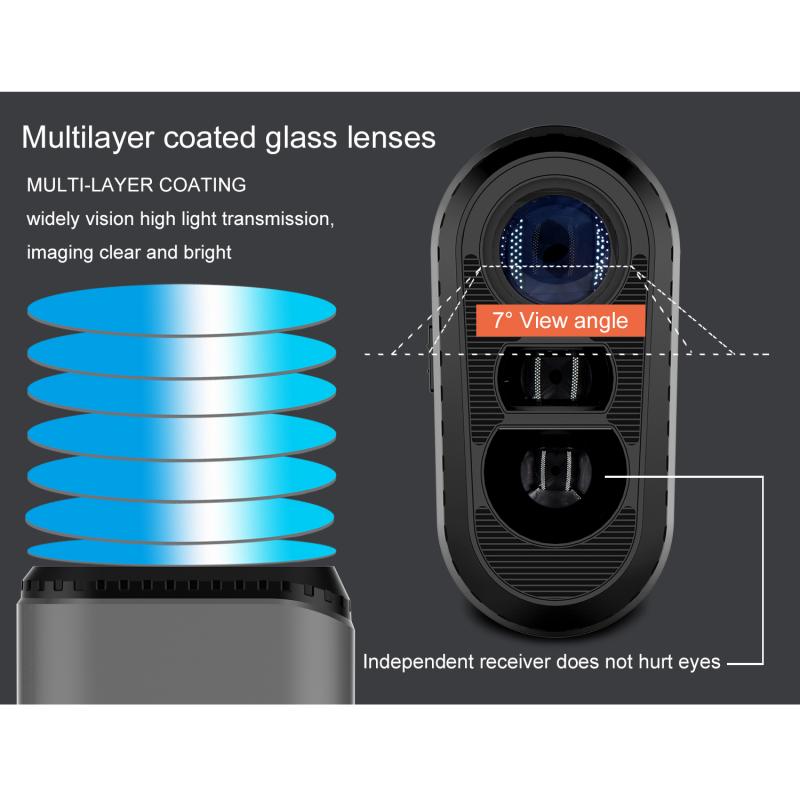
To set up a watameter rangefinder, you will need to follow a few key steps to ensure accurate power and calibration. Here's a guide on how to do it:
1. Power Supply: Start by ensuring that the watameter rangefinder is connected to a stable power supply. This is crucial for accurate measurements and reliable performance. Check the power requirements specified by the manufacturer and use a suitable power source to avoid any fluctuations that could affect the readings.
2. Calibration: Next, you will need to calibrate the watameter rangefinder to ensure its accuracy. Follow the calibration instructions provided in the user manual or by the manufacturer. This typically involves adjusting the settings to match a known standard or reference value. Some modern watameter rangefinders may have automated calibration features, making the process more convenient and precise.
3. Latest Point of View: With advancements in technology, some watameter rangefinders now offer advanced features such as digital displays, wireless connectivity, and cloud-based data storage. These features can enhance the user experience and provide real-time data analysis for improved decision-making. Additionally, some models may incorporate machine learning algorithms to optimize measurements and reduce errors.
4. Testing and Verification: Once the power and calibration are set up, it's important to test the watameter rangefinder under different conditions to verify its accuracy. This may involve measuring known distances or power levels to ensure that the device is providing reliable results.
By following these steps, you can set up a watameter rangefinder for accurate power and calibration. Keep in mind that staying updated with the latest advancements in technology can help you leverage new features and capabilities offered by modern watameter rangefinders.
4、 Measurement and Data Collection
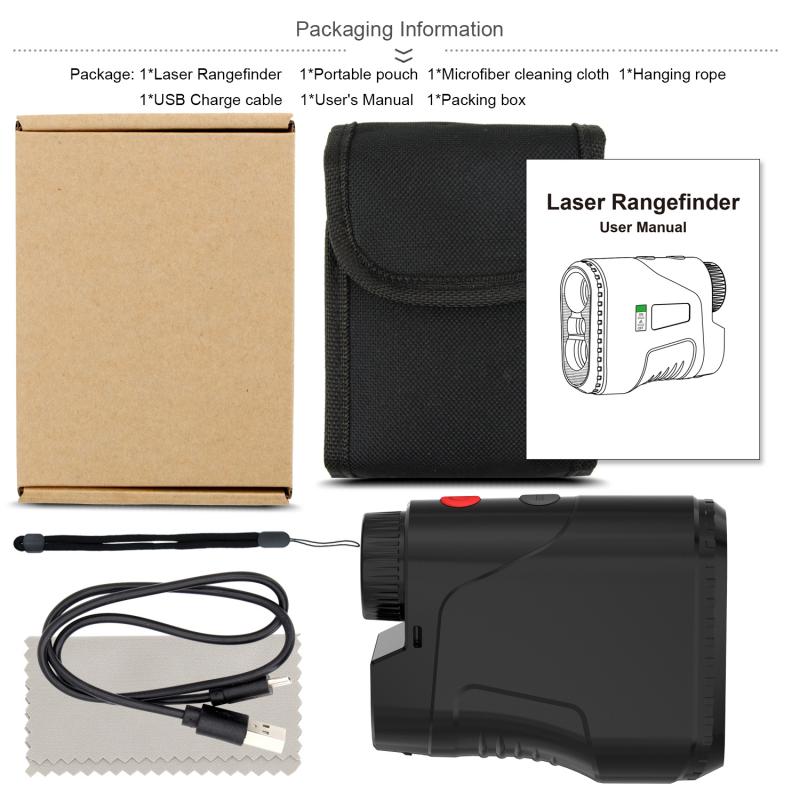
Setting up a Watameter rangefinder for measurement and data collection involves several key steps. First, ensure that the rangefinder is properly calibrated according to the manufacturer's instructions. This may involve adjusting the focus, alignment, and other settings to ensure accurate measurements. Next, determine the specific parameters you wish to measure, such as distance, angle, or speed, and configure the rangefinder accordingly.
Once the rangefinder is set up, it's important to consider the latest advancements in technology and data collection methods. For example, many modern rangefinders are equipped with Bluetooth or Wi-Fi connectivity, allowing for seamless integration with data collection software or cloud-based platforms. This enables real-time data transfer and analysis, improving efficiency and accuracy in measurement processes.
Furthermore, the latest point of view emphasizes the importance of data security and privacy. When setting up a rangefinder for data collection, it's crucial to ensure that any sensitive information collected is stored and transmitted securely, in compliance with relevant regulations such as GDPR or HIPAA. Additionally, consider the ethical implications of data collection and ensure that it is conducted in a responsible and transparent manner.
In conclusion, setting up a Watameter rangefinder for measurement and data collection involves careful calibration, consideration of the latest technological advancements, and a focus on data security and ethical considerations. By following these steps, you can ensure accurate and reliable data collection for a wide range of applications.

